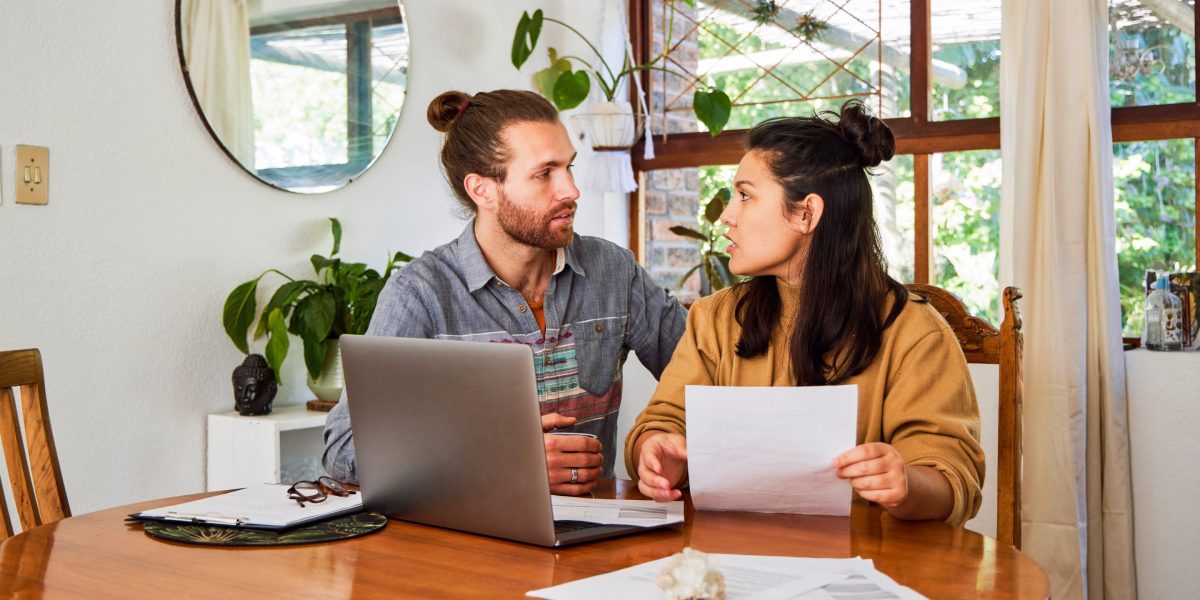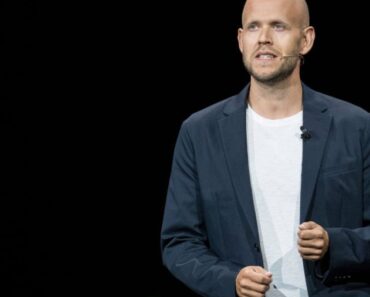This post was originally published on this site
https://fortune.com/img-assets/wp-content/uploads/2024/03/GettyImages-1355479814-e1711731687795.jpg?w=2048
You need to make almost $76,000 a year to buy a starter home, according to Redfin. The median household income is $74,580, per the Census Bureau, or $84,072, by Redfin’s estimate. Either way, something is wrong.
It all goes back to the pandemic, when the remote-work revolution collided with historically low mortgage rates—it fueled a housing boom, and home prices soared almost 50% since. And that’s not all; mortgage rates followed, at one point reaching a more than two-decade high of just above 8%. They’ve come down since to 6.91%, but are still significantly higher than what they were during the pandemic and years prior. So what have we got? High home prices unaligned with normal incomes and high mortgage rates. Oh, and a shortage of homes.
“Starter homes are roughly half as affordable as they were before the pandemic,” the author of the analysis wrote. “Americans needed to earn $40,465 annually to afford the typical U.S. starter home in February 2020, when the median sale price was $169,000 and the average mortgage rate was about 3.5%.”
The typical starter home sold for $240,000 last month, and the average monthly mortgage payment was $1,896, according to a new analysis from Redfin. The former was up 3.4% and the latter 8.2% from a year earlier. And the income needed to afford said starter home is more than 8% higher than a year ago.
“The pandemic housing-market boom changed the definition of a starter home,” a Redfin senior economist, Elijah de la Campa, said. “A decade ago, many people thought of a starter home as a small three-bedroom single-family house. Now that type of home could cost seven figures, especially in expensive parts of the country.”
Last year, Fortune reported the $300,000 starter home was going extinct. Ali Wolf, housing market research firm Zonda’s chief economist, told Fortune the share of new home projects under $300,000 were declining all across the country. “We’re creating, inadvertently, a renter society not because of choice but because of force,” Wolf said at the time—and that it would fuel a “larger imbalance between the haves and have-nots in the economy.” We know right now renting is considered cheaper than buying and will be for years, by some estimates.
Wolf later told Fortune, Zonda adjusted what it considers to be entry-level to homes under $400,000. Homebuilders have even resorted to building smaller homes, as Fortune has reported, and it still isn’t enough.
“Today’s most affordable homes are still hard for the average American to afford, let alone the average first-time buyer who tends to put less money down in exchange for higher monthly payments,” Redfin’s de la Campa said. “Rising prices and mortgage rates are pushing buyers who earn more than the median income to buy starter homes, and often pushing buyers who earn less money out of the market.”
However, starter homes are technically more affordable than they were last fall, but that’s simply because mortgage rates aren’t at 8% anymore, so monthly payments are slightly lower. Still, there are places across the country where it feels nearly impossible to even afford a starter home.
The income needed to buy a starter home in California is the highest. “A homebuyer needs to earn roughly $319,000 to buy the median-priced starter home in San Jose, $306,000 in San Francisco, and $247,000 in Anaheim,” the analysis read; an 11.7%, 2.4%, and 12.1% annual increase, respectively.
More so, to afford a normal starter home in Oakland, you need to make $209,096, or $216,189 in San Diego, or $177,886 in Los Angeles. For some context, California’s median household income is $91,905.
Leaving California, you need to make $118,201 to afford a starter home in Austin; $158,764 in Boston; and $162,845 in New York, according to Redfin.
And the needed income is the lowest in the Rust Belt—in Detroit, you only need to make $22,000, or $32,000 in Pittsburgh, and $37,000 in St. Louis. But consider this, the income needed to afford a starter home only declined in one of the 50 most populous metropolitan areas: Pittsburgh. It rose everywhere else.




